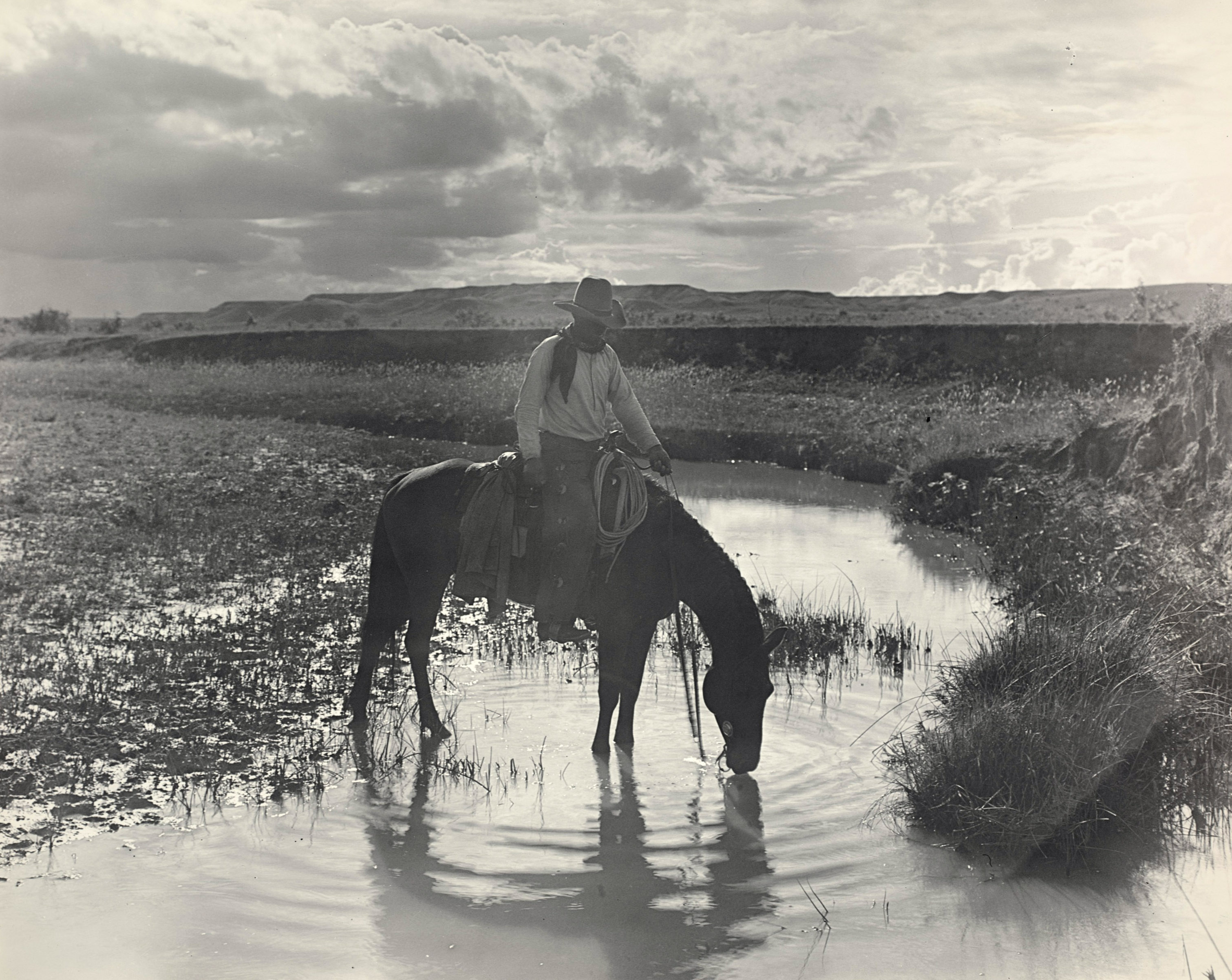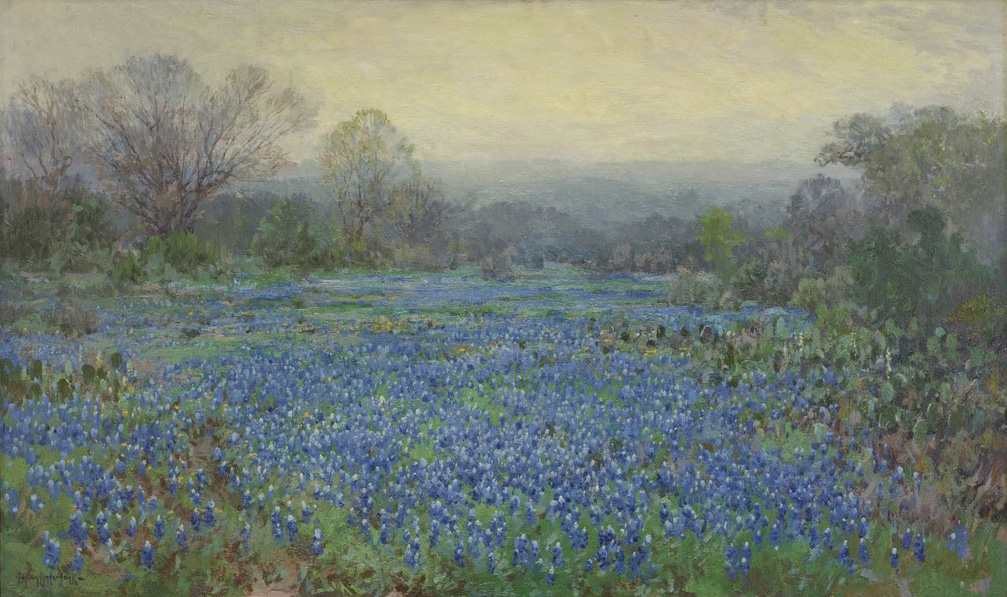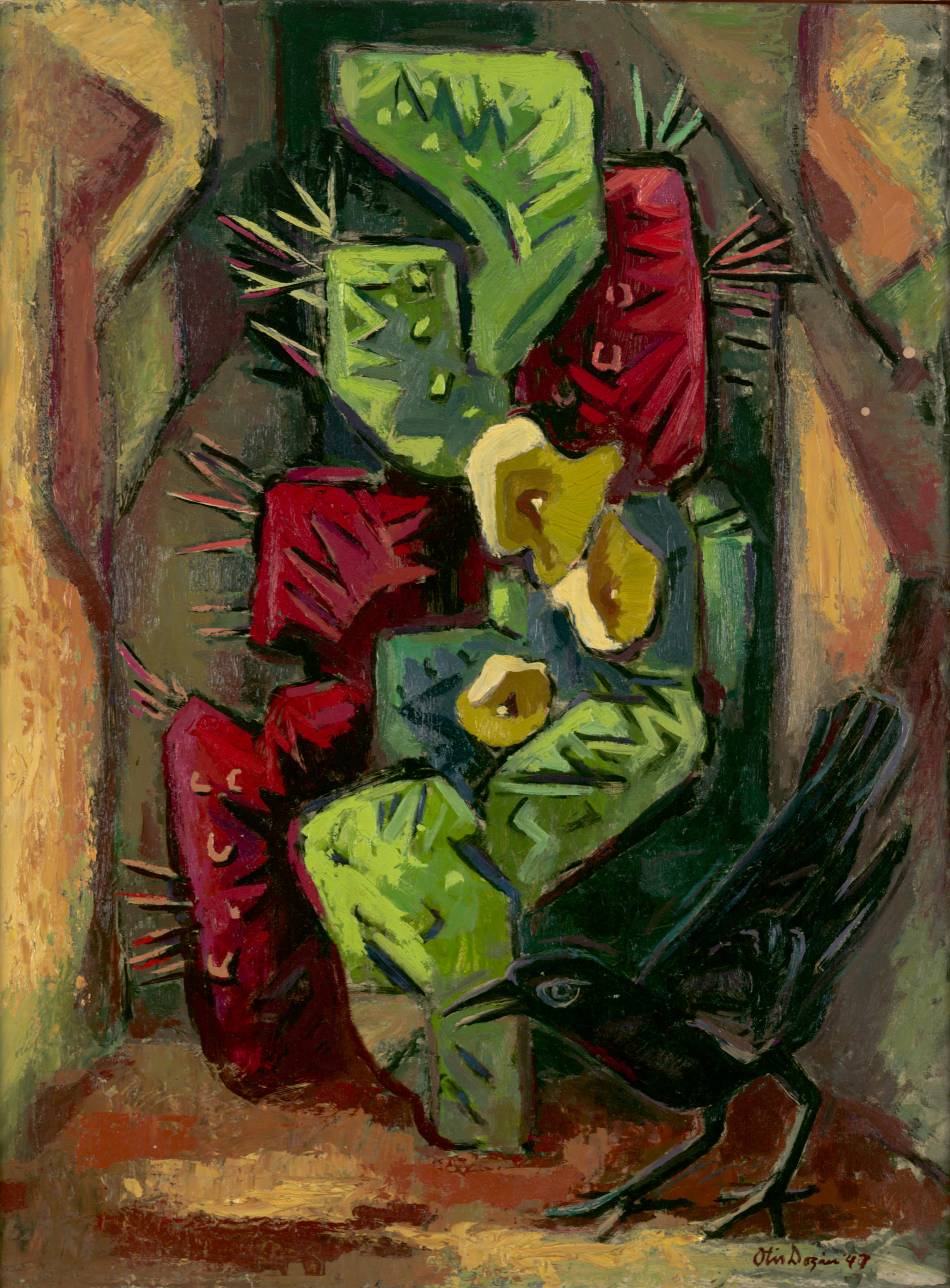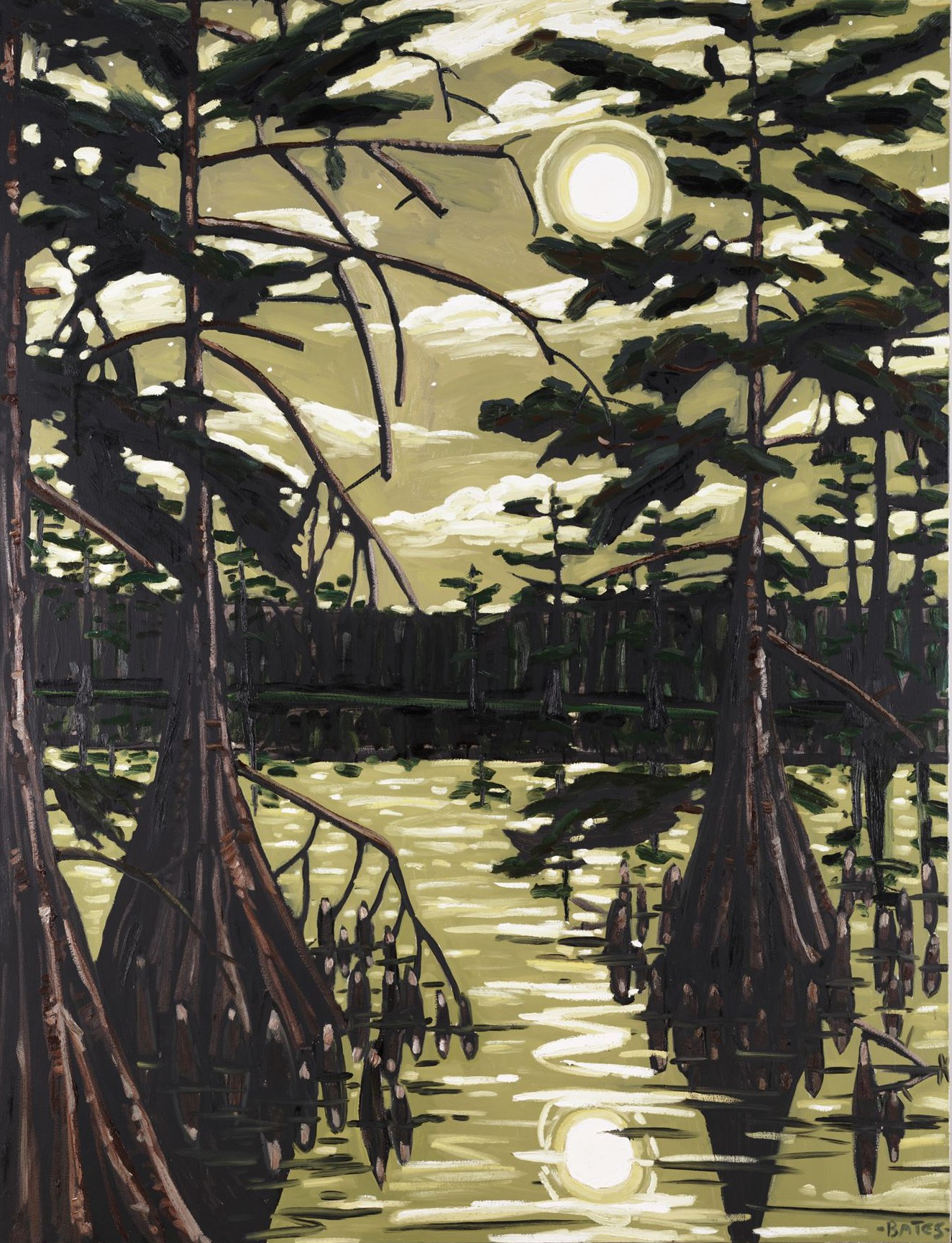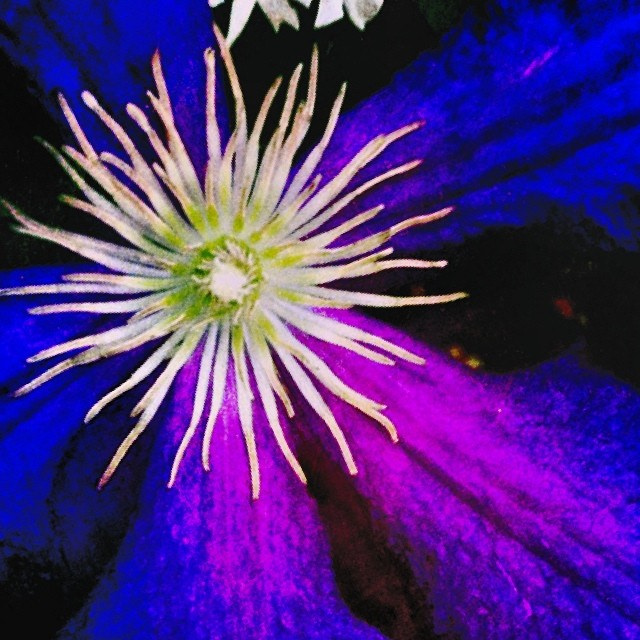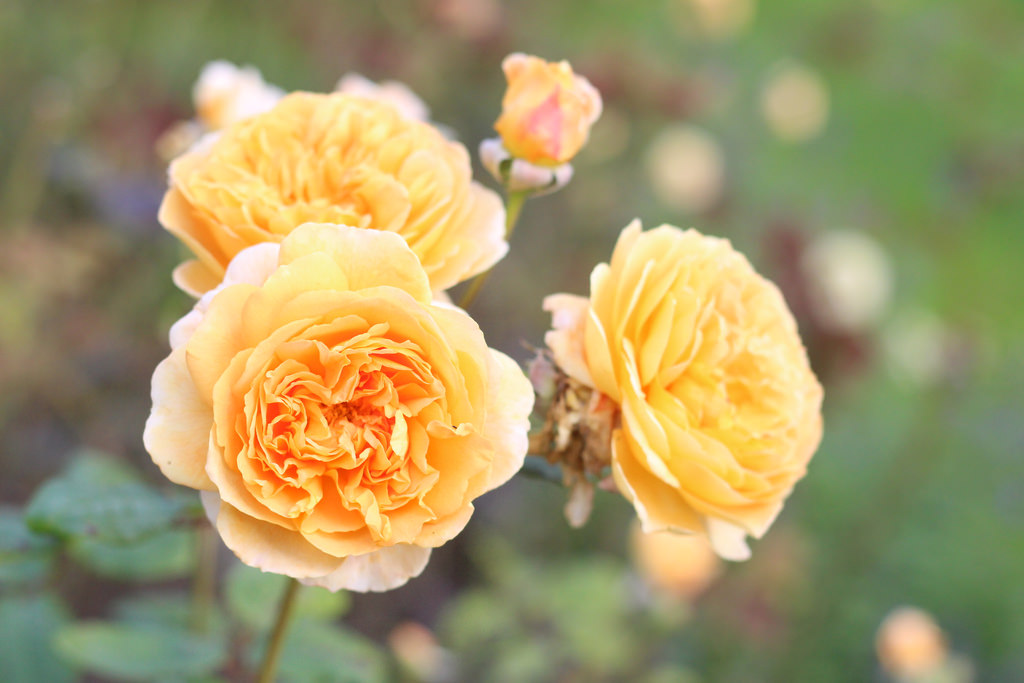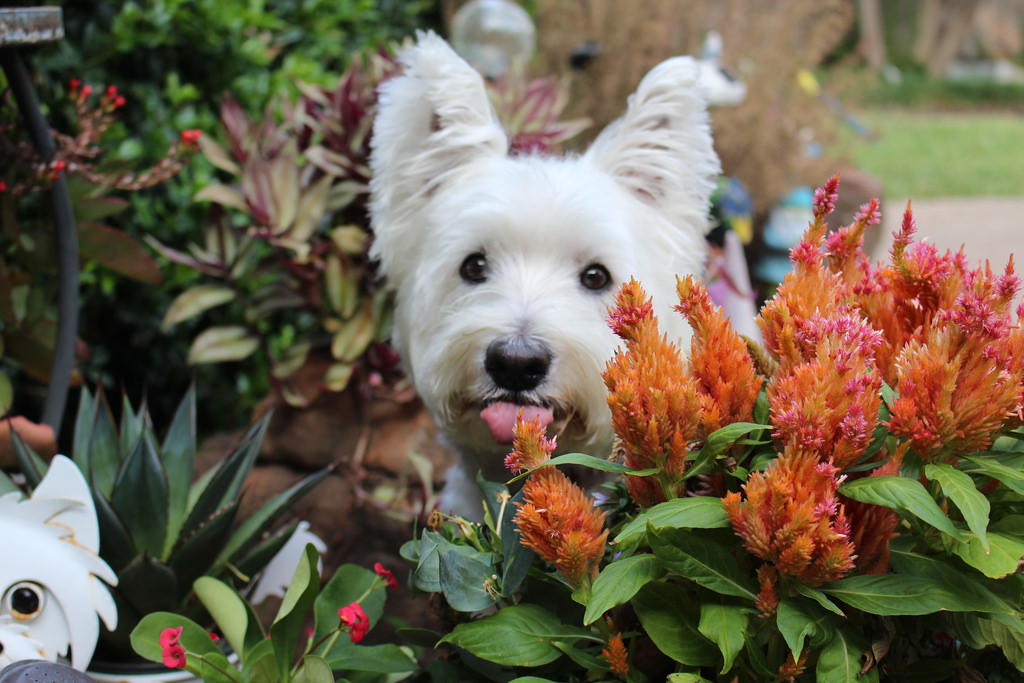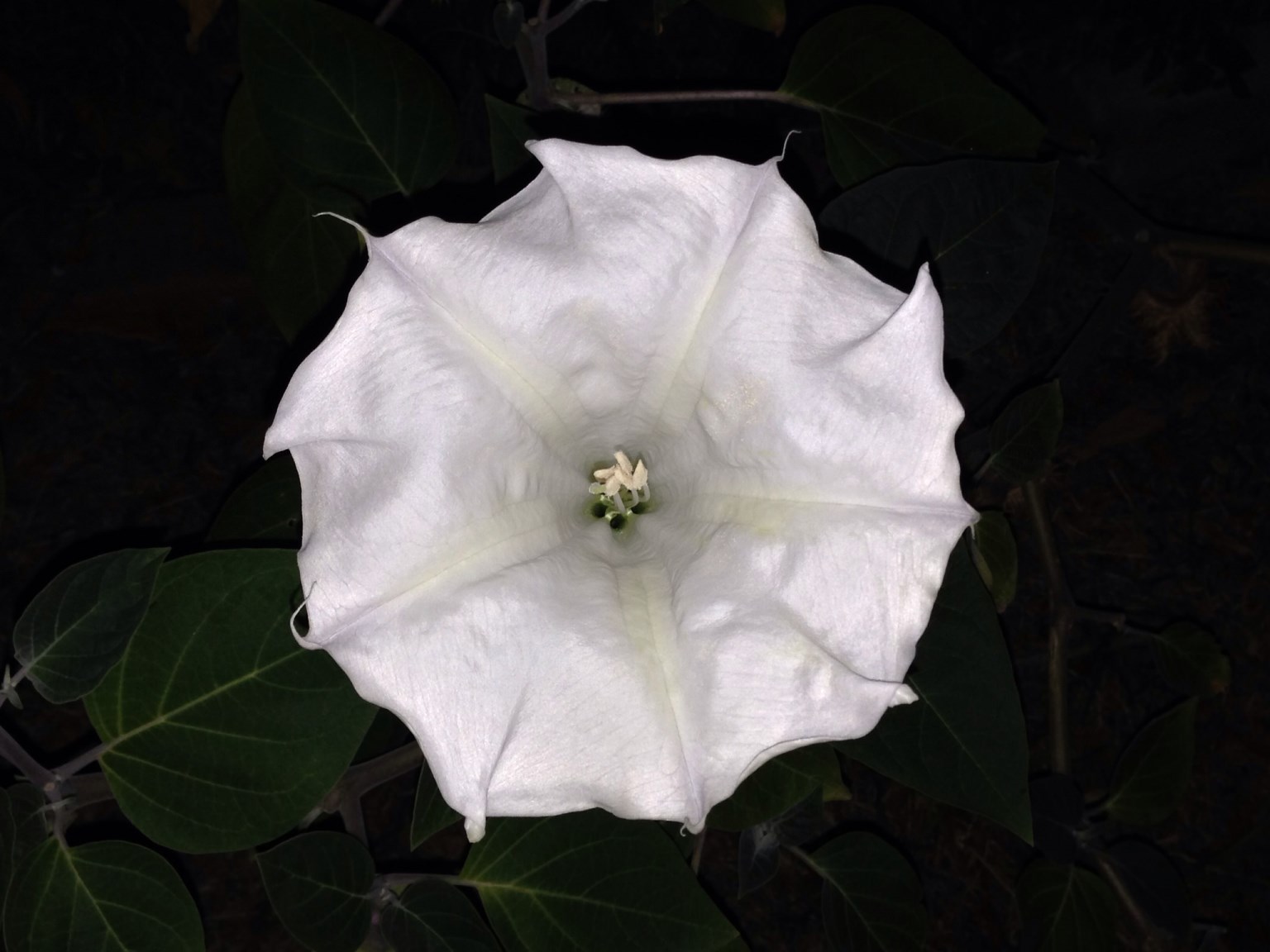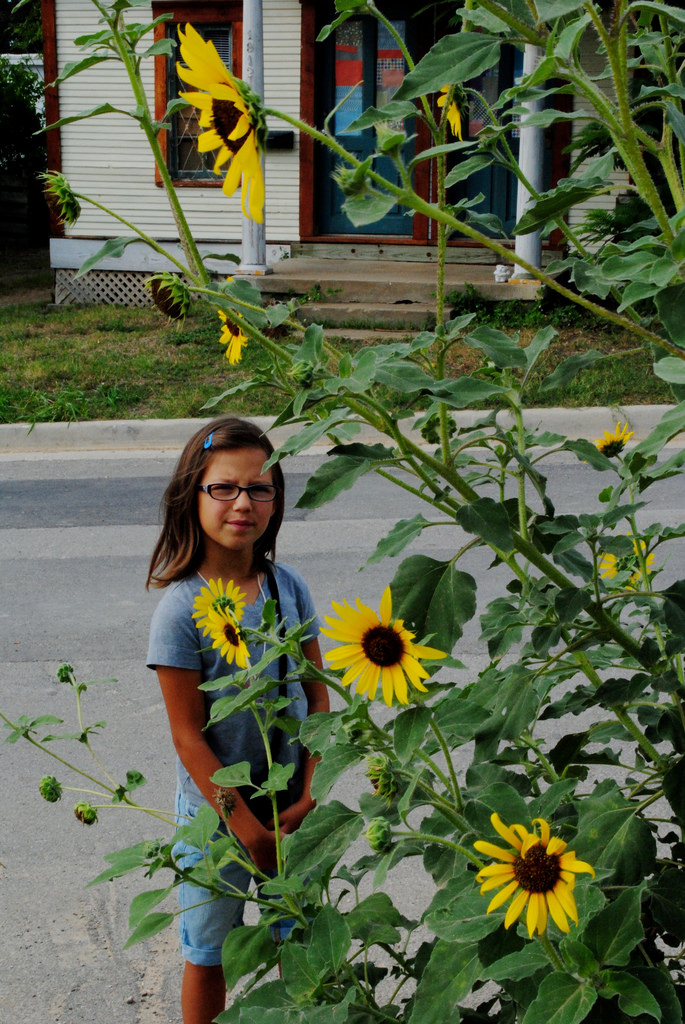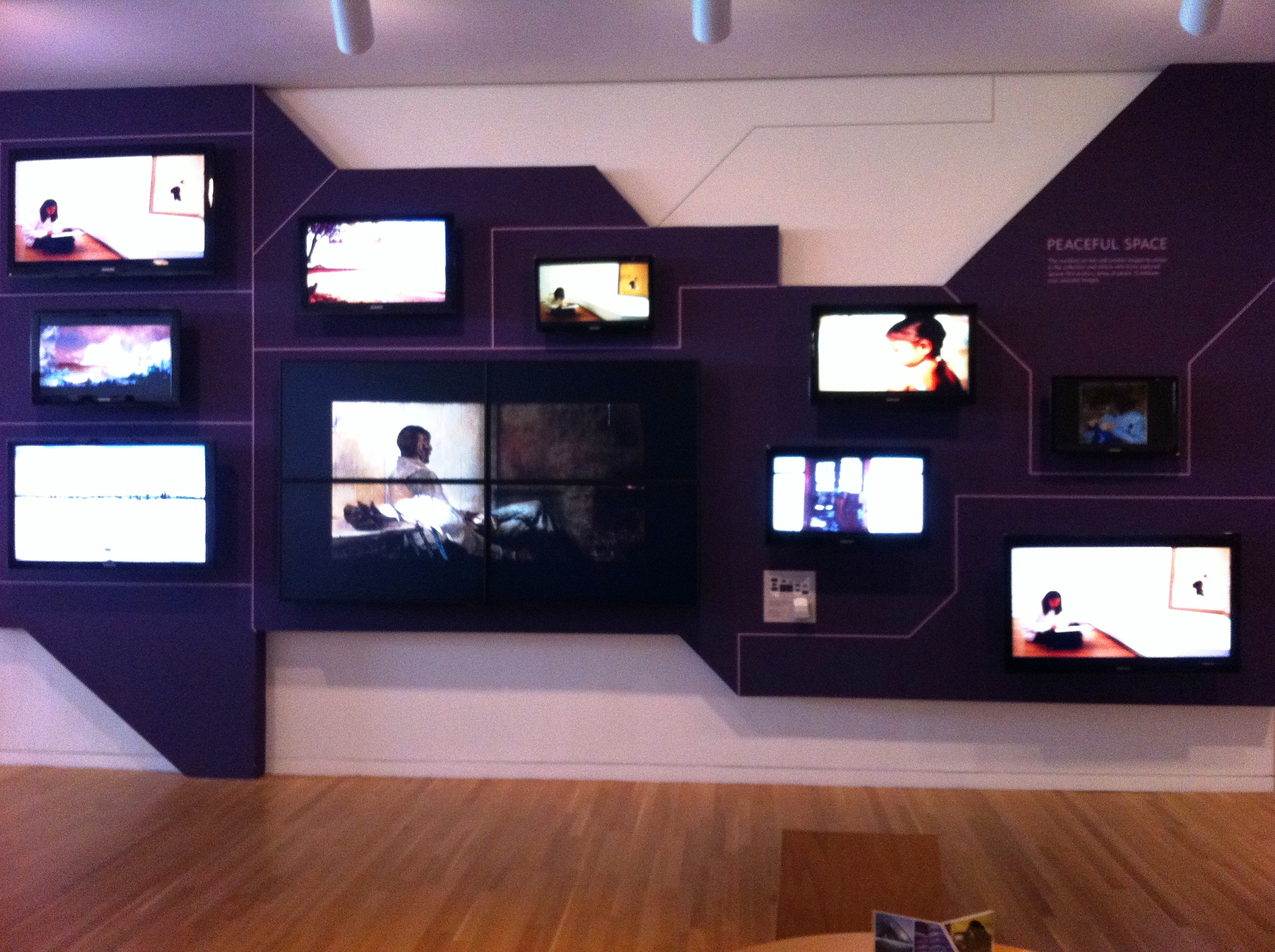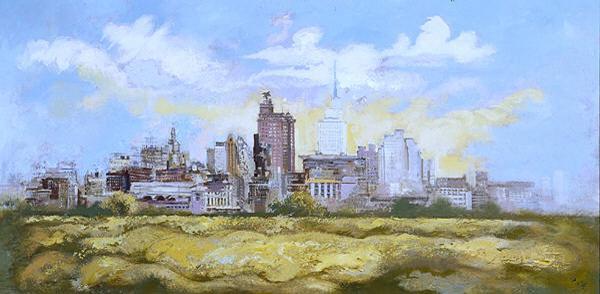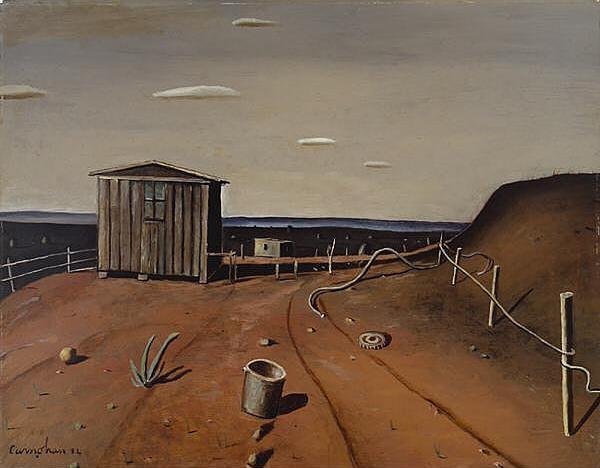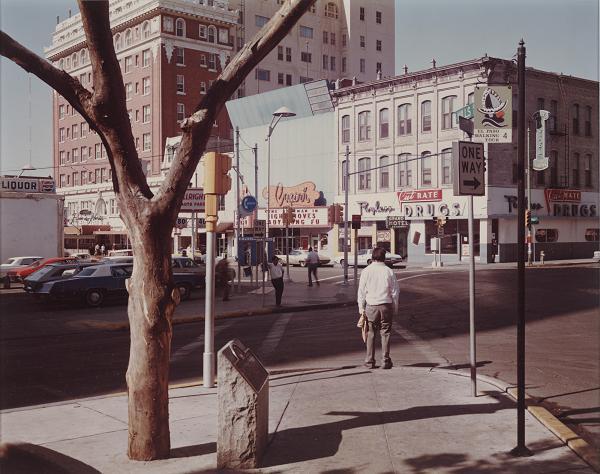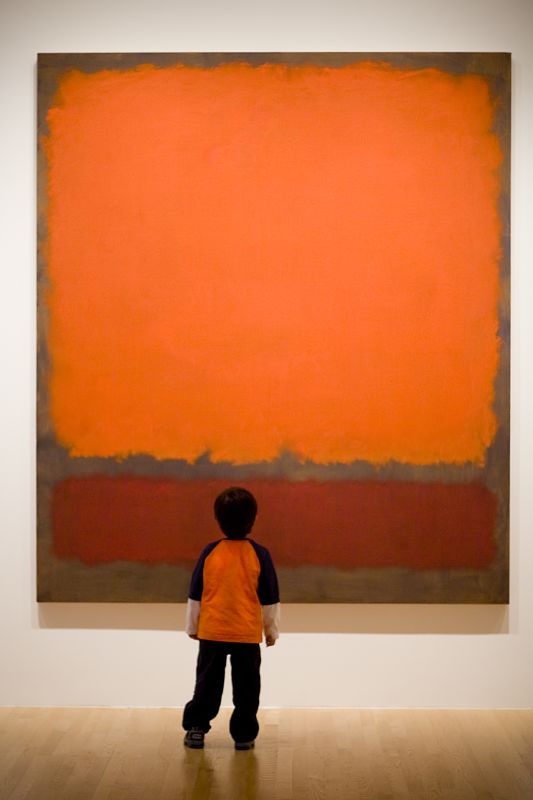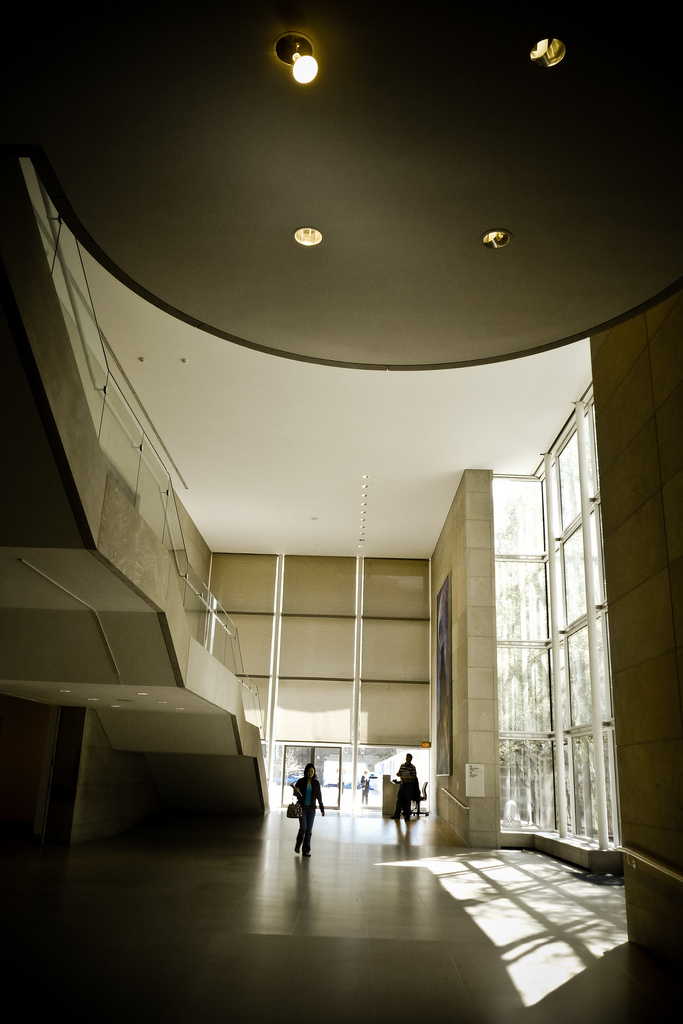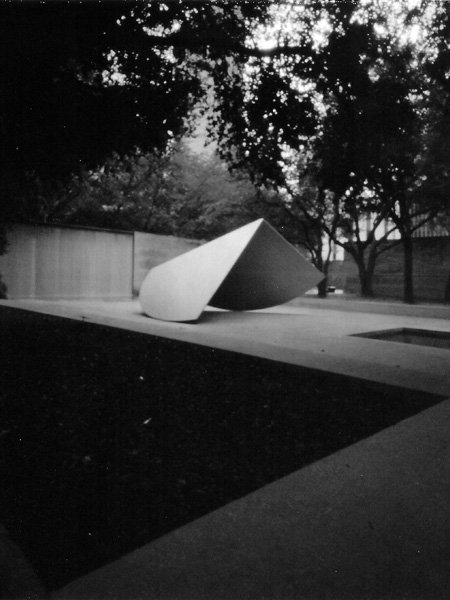Last month, Shannon and our colleagues at the Nasher Sculpture Center decided to bring together our respective teen groups so they could get to know each other. The DMA Teen Docents met with the Nasher’s Student Advisory Board for an evening of art-making, food, and conversation. Our main conversation point centered on things docents should (and shouldn’t) say or do on high school tours. Our docents often have a hard time connecting with our teenage visitors, so we thought that sharing advice in the teens’ own words would be the first step in helping our docents feel more comfortable with these groups in the galleries. Some of the comments that resonated with docents were:
- I really don’t like when docents treat you like children or assume that you don’t know anything and are very momish around students.
- Make it not just guiding us around like sheep, but know really interesting facts about that artist, the time period, the technique, or that specific work of art. Like what makes it really cool or unique and why does it deserve to be at the Museum.
- Show respect towards the artist and be open-minded about the work.
- Pay attention to your group. If they’re not engaged or interested, move on so they don’t zone out for the rest of the tour.
- Make it cool and interactive and not just looking at the works of art.
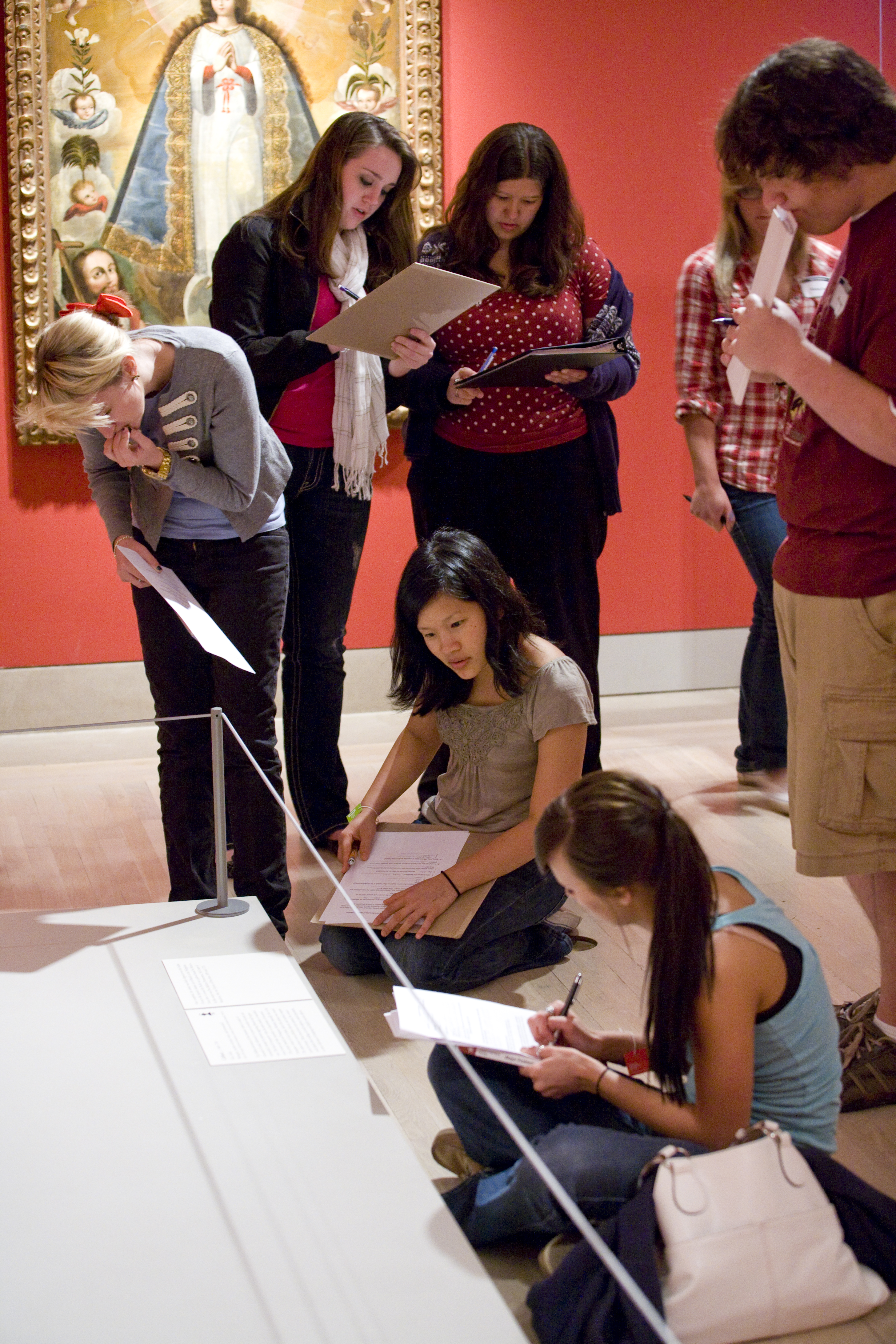
A group of teens in the DMA’s galleries
Our docents also read an article written by a 15 year-old titled Why Museums Suck. Howard Hwang visited six museums in Los Angeles and shared his frank opinions about what made each Museum so terrible. Hwang isn’t shy about voicing his distaste for art museums, labeling them as boring, places for “old people,” and even describing docents as “answering machines.” His opinions brought a bit of levity to our discussion, but a lot of his comments really did hit home with our docents. How can we connect with someone who hates old, boring art and is most concerned with what he’ll buy for lunch?
We talked a lot about how we can make make teenagers feel comfortable in the Museum, and we agreed that a tone of mutual respect needs to be set at the very beginning of a tour. Many docents felt that we need to set up the expectation that the students will be engaged in the tour, but also that they’ll have fun while they’re at the Museum. One docent mentioned that we need to “pop the bubble of pretention” and remind students that we’re all looking at works of art and learning together. Docent-guided tours are not intended to be lectures–as Hwang put it, that type of tour “is like being in a locked room with Oprah talking constantly.” Instead, tours should be conversations with docents and students both contributing to the dialogue and moving the conversation forward. By helping students feel comfortable and welcome, they’re more likely to want to engage in these discussions.

A DMA Docent discusses American art on a guided tour
Another of Hwang’s directives to museums was decidedly simple: “You have to make it hands-on and interactive.” At the DMA, the Center For Creative Connections (C3) is answering this call, and cultivating an interactive space where visitors can look, touch, listen, read, make and talk about art. C3 endeavors to inspire and engage audiences through unique programming, like our Urban Armor workshops. This distinctive program for tweens and teens offers students a chance to meet, relate, and investigate themselves and the world around them. Classes are designed in a way that the concept of identity is the heartbeat of each workshop. Teenagers are at a critical age of self-discovery, so each Urban Armor workshop is designed to promote decision-making, critical thinking skills, and self-determination.
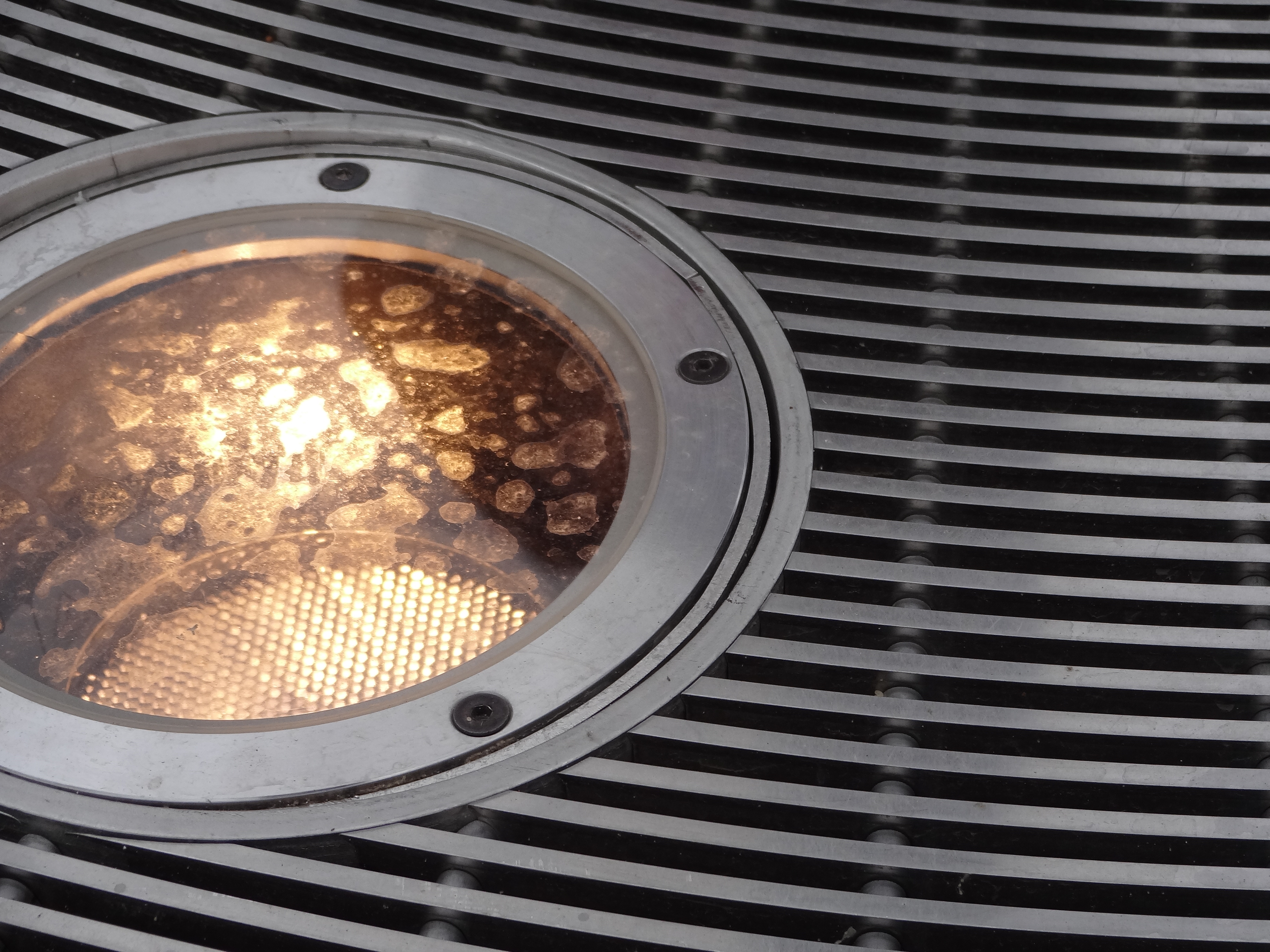
A photograph from the most recent Urban Armor workshop at Klyde Warren Park
This past Sunday, Urban Armor took teens on a photography walk through Klyde Warren Park. The workshop focused on using positive and negative space in environmental photography, and encouraged students to reflect on the individual choices they make when taking a photograph. Armed with a camera, each participant explored the Park on their own, with DMA staff acting as facilitators. This time of autonomous art-making is a central component of each Urban Armor workshop. The final portion of class was dedicated to discussing what each student had captured during their photo walk. It was important to encourage the teens to reflect upon and discuss the individual decisions made during each photograph, so that their individual choices could be linked to tangible outcomes. Each student’s collection of photographs was uploaded to the DMA’s Flickr account, where they are able to view their own and other’s images, and share with the public. The most exciting outcome of the workshop will come a few weeks from now, as each student enters his or her photographs into the C3 Encountering Space photography exhibition. Teens have an opportunity to see their artwork publicly displayed in the C3 space!
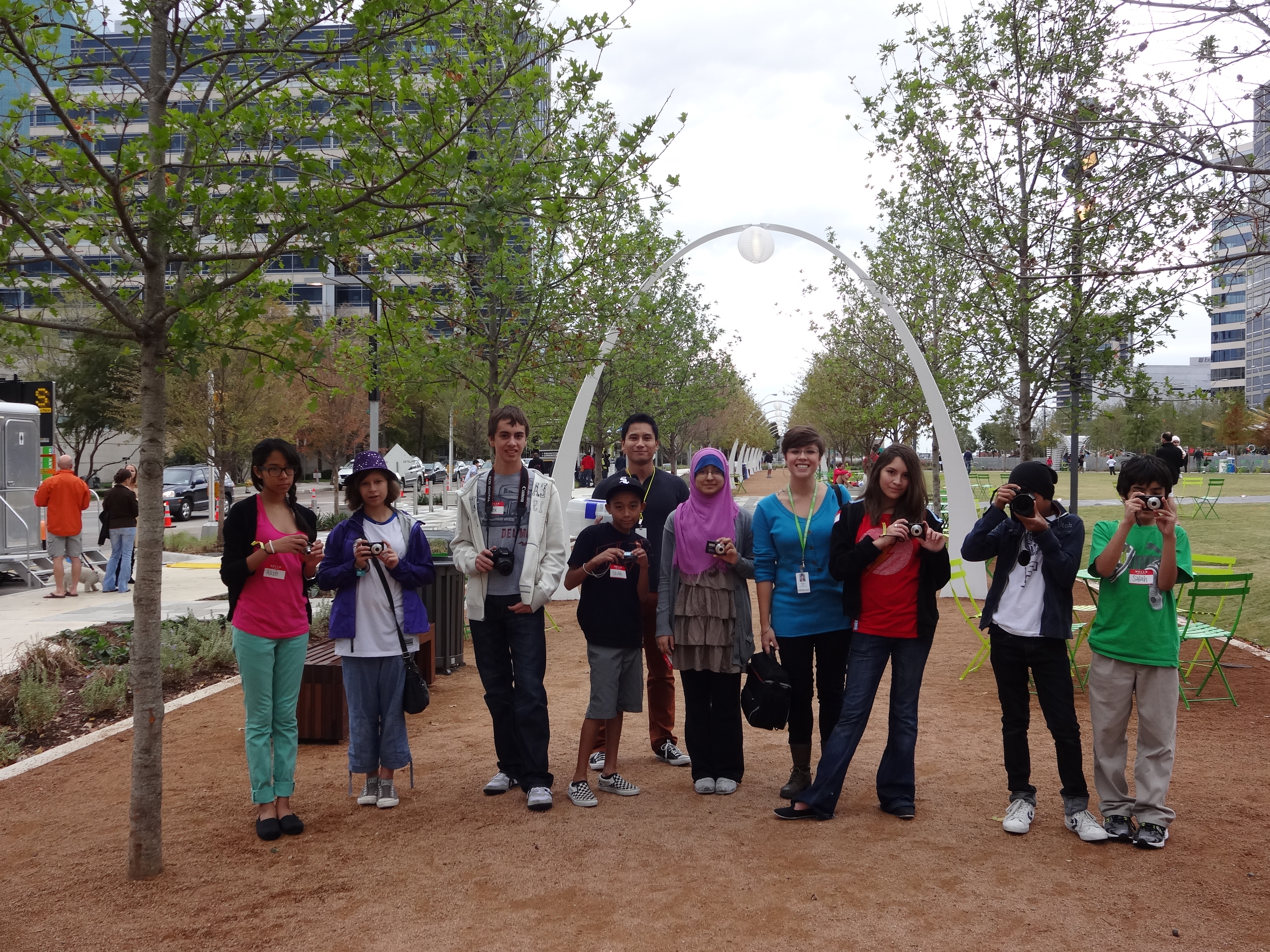
The Urban Armor participants in Klyde Warren Park
At the DMA, we are working to cultivate spaces and programs that engage teens and involve them in the Museum. Maybe teens like Howard Hwang would think differently about museums if they could see their artwork hanging on the wall. We are also continuing to work with our docents to provide tips to better engage with teens on tours. For now, we’re going to turn the conversation over to you. If you’re a teacher, what tricks do you use to get teens talking about art? If you’re a teen, what would you like to see happen at the DMA that might make you want to spend more time here? We look forward to your responses!
Shannon Karol
Manager of Docent Programs and Gallery Teaching
Danielle Schulz
McDermott Intern for Family Experiences
Special thanks to Amanda Batson and J.C. Bigornia.
